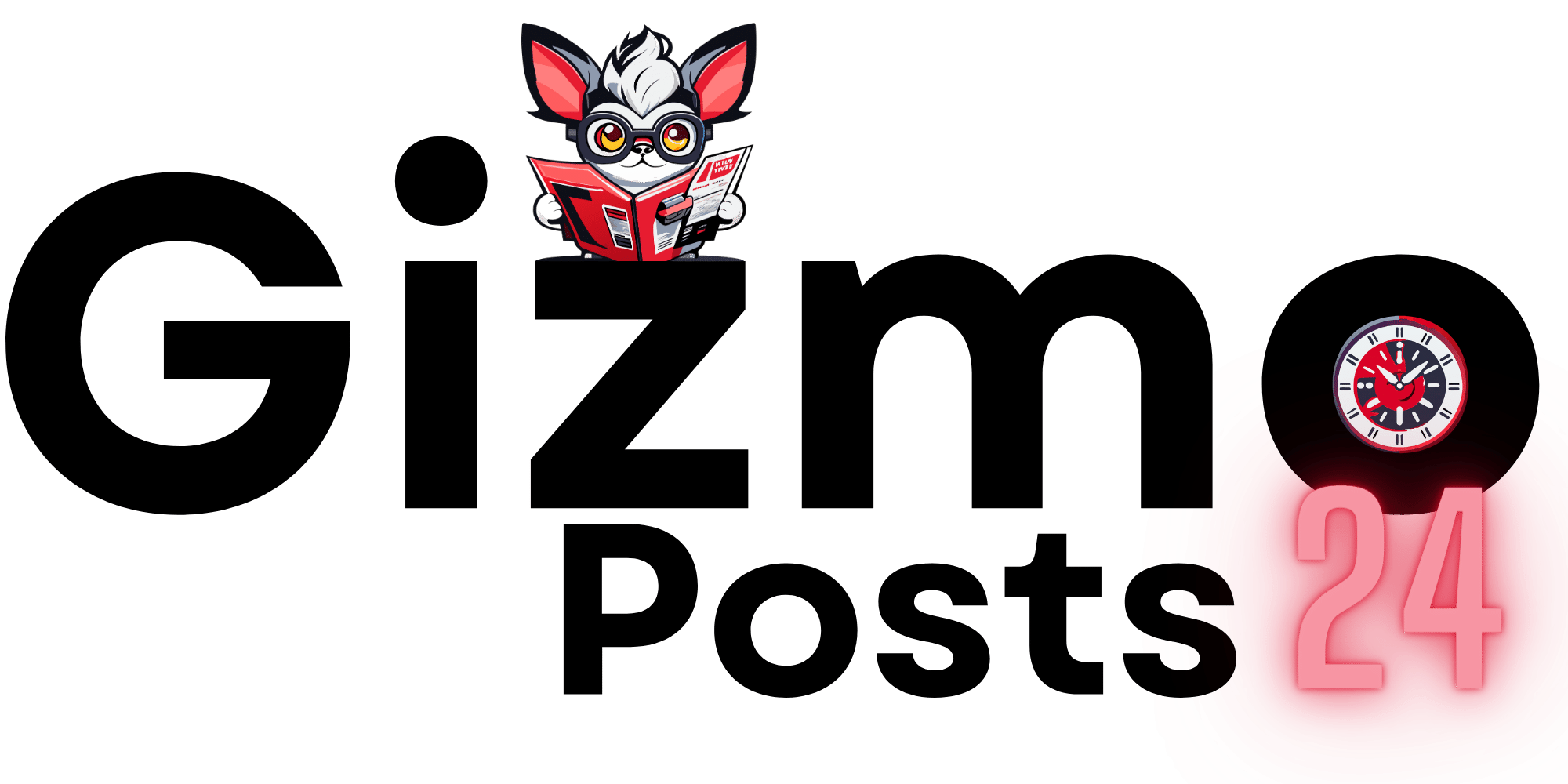“The Digital Double Life of Scarlett Johansson: A Star’s Fight Against AI Exploitation, Turned a Stark Reality of Government Indifference” In a world where artificial intelligence is increasingly woven into the fabric of our daily lives, the lines between our reality and a digital duplicate have grown eerily thin. For Hollywood A-lister Scarlett Johansson, that duplication has become all too real – and all too concerning. The actress, known for her captivating on-screen presence, has found herself entangled in a high-stakes battle against the exploitation of artificial intelligence, a fight that has sparked both acclaim and frustration. But as Johansson’s courageous stance against the misuse of AI technology gains momentum, it’s becoming painfully clear that the US government is woefully slow to respond – leaving the future of digital accountability hanging precariously in the balance. In this investigative article, we delve into the extraordinary story of how one star’s fight against AI exploitation has exposed a complex web of power, politics
The AI Revolution: Scarlett Johansson’s Fight for Responsible Development
The Unchecked Expansion of AI
Generative AI Tools and Hate Speech
Scarlett Johansson has been at the forefront of the fight against AI exploitation, recently condemning the unauthorized use of her likeness in an anti-Semitism awareness campaign. The campaign, which was distributed following inflammatory remarks by musician Kanye West, highlights the potential for hate speech to be multiplied by AI.
The use of Johansson’s likeness in the campaign without her consent is a stark example of the risks associated with generative AI tools. These tools, which can create realistic images and videos, have the potential to be used for malicious purposes, including the spread of hate speech.
Johansson has called for immediate government intervention to prevent further misuse of AI, stating that “the potential for hate speech multiplied by AI is a far greater threat than any one person who takes accountability for it.”
AI-Driven Exploitation of Celebrity Images and Voices
Johansson has also taken action against OpenAI, a company that was set to launch a voice assistant featuring a synthesized voice eerily similar to hers. Johansson was “shocked” and “angry” upon hearing the voice and has called for transparency and the passage of legislation to protect individual rights.
The incident highlights the lack of transparency and protection for individual rights in AI development. Johansson has emphasized the need for clarity and regulation to prevent deepfakes and AI-driven exploitation, stating that “these are questions that deserve absolute clarity.”
OpenAI has suspended the launch of the voice assistant, but the incident has raised concerns about the potential for AI-driven exploitation of celebrity images and voices.
The Backlash and Industry Response
OpenAI’s suspension of the voice assistant launch has been seen as a positive step, but the company’s CEO, Sam Altman, has been criticized for his response to the backlash. Altman had reached out to Johansson before the launch, inviting her to lend her voice to the system, but he has denied any wrongdoing.
Altman has also posted a cryptic tweet referencing the film “Her,” in which Johansson voices an AI assistant. The tweet has been seen as a nod to the film, but it has also raised concerns about the potential for AI-driven exploitation.
The incident has highlighted the need for transparency and accountability in AI development, and Johansson has called for greater regulation to prevent AI misuse.
The US Government’s Hands-Off Approach
Rolling Back Restrictions on AI Companies
The US government has been criticized for its hands-off approach to AI regulation, with President Donald Trump recently rolling back restrictions on AI companies. Trump has justified the move by claiming that such oversight “creates barriers to American AI innovation.”
The move has been seen as a shift away from regulation and towards a more laissez-faire approach to AI development. However, critics have argued that this approach could lead to unchecked expansion and increased risks for public safety and individual rights.
Trump’s move has been driven in part by his personal ties to Elon Musk, whose company xAI is a key player in the AI race. However, the administration’s shift is also driven by escalating tensions with China, which is vying for dominance in a technology now deemed critical to national security.
Escalating Tensions with China and National Security Concerns
The global AI race is seen as a critical component of national security, and the US administration has been keen to assert its dominance in the field. However, this has led to concerns about the potential risks of unchecked AI expansion.
The administration’s hands-off approach has been criticized for failing to address these concerns, and Johansson has called for greater regulation to prevent AI misuse.
The European Union’s AI regulations have been dismissed by US Vice President J.D. Vance as excessive, but critics have argued that these regulations are necessary to prevent the risks associated with AI.
Global Leadership and Regulation
The global divide on AI regulation has raised concerns about the potential risks of unchecked AI expansion. The US administration’s hands-off approach has been seen as a shift away from regulation and towards a more laissez-faire approach to AI development.
However, critics have argued that this approach could lead to increased risks for public safety and individual rights. Johansson has called for greater regulation to prevent AI misuse and has emphasized the need for transparency and accountability in AI development.
The implications of a global divide on AI regulation are significant, and it remains to be seen whether the US administration will take action to address the concerns raised by Johansson and others.
Implications and Analysis
The Need for Bipartisan Action
Johansson has called for immediate government intervention to prevent further misuse of AI, stating that “the potential for hate speech multiplied by AI is a far greater threat than any one person who takes accountability for it.”
The need for bipartisan action is clear, and Johansson has emphasized the importance of collective action to prevent AI misuse and ensure public safety.
The implications of inaction are significant, and it remains to be seen whether the US administration will take action to address the concerns raised by Johansson and others.
The Importance of Transparency and Clarity
Johansson has emphasized the need for transparency and clarity in AI development, stating that “these are questions that deserve absolute clarity.”
The importance of transparency and accountability in AI innovation is clear, and it remains to be seen whether the US administration will take action to address the concerns raised by Johansson and others.
The benefits of transparency and accountability in AI innovation are significant, and it is essential that the US administration takes action to address the concerns raised by Johansson and others.
A Call to Action: Responsible AI Development
Johansson’s fight for responsible AI development is a matter of urgency, and it is essential that the US administration takes action to address the concerns raised by Johansson and others.
The potential for a responsible AI future is significant, and it is essential that the US administration takes action to address the concerns raised by Johansson and others.
The implications of a responsible AI future are significant, and it remains to be seen whether the US administration will take action to address the concerns raised by Johansson and others.
Conclusion
Conclusion: The Unseen Shadow of AI Exploitation
The recent article by CTech sheds light on the intriguing case of Scarlett Johansson’s clash with AI-generated deepfakes in the film “Rub & Tug.” While the actress has taken a bold stance against AI exploitation, the US government’s seeming silence on the matter raises pressing concerns about the country’s stance on emerging technologies. The article highlights key points, including the ease with which AI can be used to create convincing, often misleading, digital content, and the potential consequences of overlooking this issue. Moreover, it emphasizes the need for policymakers to step in and establish clear guidelines to prevent AI exploitation, rather than allowing it to become an unchecked force in modern society.
The significance of this topic cannot be overstated, as AI exploitation has far-reaching implications for individual rights, national security, and the integrity of the internet as a whole. If left unchecked, the consequences could be catastrophic, from the erosion of trust in digital media to the potential misuse of AI-generated content for malicious purposes. As AI continues to advance at a breakneck pace, it is imperative that governments, policymakers, and industry leaders take proactive measures to address these concerns. By engaging in a constructive dialogue and establishing robust safeguards, we can mitigate the risks associated with AI exploitation and ensure that this technology serves humanity, rather than the other way around.
As we move forward, it is essential that we remain vigilant and proactive in addressing the challenges posed by AI exploitation. The future of AI development hangs in the balance, and it is up to us to ensure that it is shaped by principles of transparency, accountability, and responsible innovation. The question remains: will we allow AI to become a tool for exploitation, or will we rise to the challenge and forge a path that prioritizes human values and dignity? The choice is ours, and the clock is ticking.

Add Comment